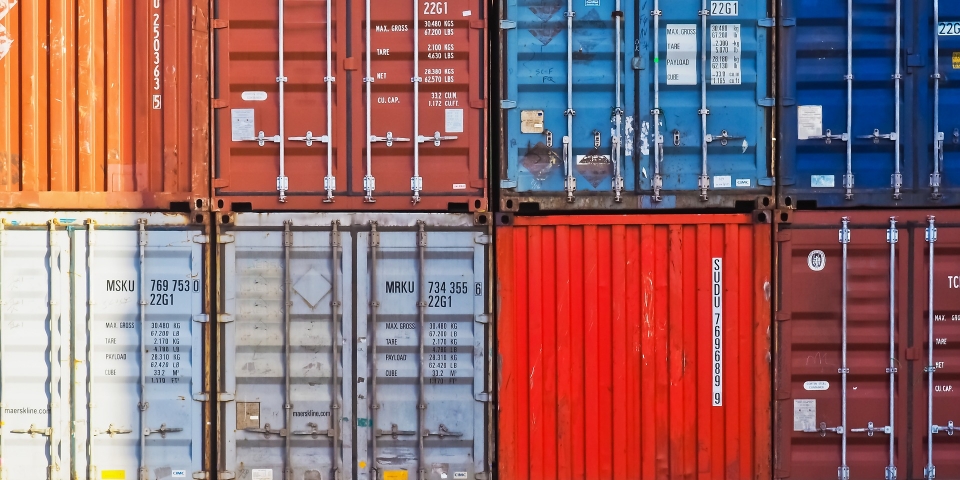


In 2019, the EU continues to be China’s largest trading partner. China is the EU’s second-largest export destination, and its largest source of imports. Top products the EU exports to China include: motor vehicles and parts, aircraft and associated equipment, and electrical apparatus. Imports of agricultural products from the EU to China have increased rapidly due to the swift growth of its domestic demand for safe and high quality products, such as meat, fresh and processed fruits and vegetables, and food and beverages.
But different countries have different customs import requirements and practices; exporting goods from the original countries and efficiently getting through the import customs clearance can be a real challenge.
Although the main actions are taken and major responsibilities (such as fines and penalty) are borne by Chinese importers, failure to complete import clearance may cause goods to be detained at the port of entry and eventually affect EU exporters. In some cases, importing a certain type of product requires overseas exporter registration. Therefore, understanding and managing the Chinese Customs Clearance requirements are critical for companies, especially EU SMEs, to reduce the import operational risks and manage costs.
This guideline will explain the customs clearance procedures, specific import requirements and rules for certain products, and customs clearance in different trade modes to help EU SMEs to successfully import their products into China.
Introduction Section
I. Basic Customs Clearance Process for Imports Structure of China Customs System
Trade Participants
Basic Customs Clearance Procedure
Section II. Managing China Inbound Customs Clearance (General Trade)
Understand your products
Import License and exporter requirements
HS Code Customs Classification
Customs Valuation Import
Customs Duty and Taxes
GB Standards and labelling
Section III. Customs Clearance for Cross-border E-commerce (CBEC)
Positive list
CBEC Pilot Regions
License, labelling and registration requirements
Import Duty
Section IV. Conclusion and recommendation
Double check the HS Code of your product
Make sure all import requirements are met
Do not under-declare the import value
Choose proper Incoterms carefully
Other To Dos in Special Cases
About the author

Ingrid has 15 years of consulting experience in international trade rules and China’s import and export policy. Ingrid served in the World Trade Management Services team in PwC, China-Britain Business Council, EU SME Centre, and has provided trade compliance advices and tax arrangement to a number of world leading MNCs and provided professional China market access advices to British and European enterprises.